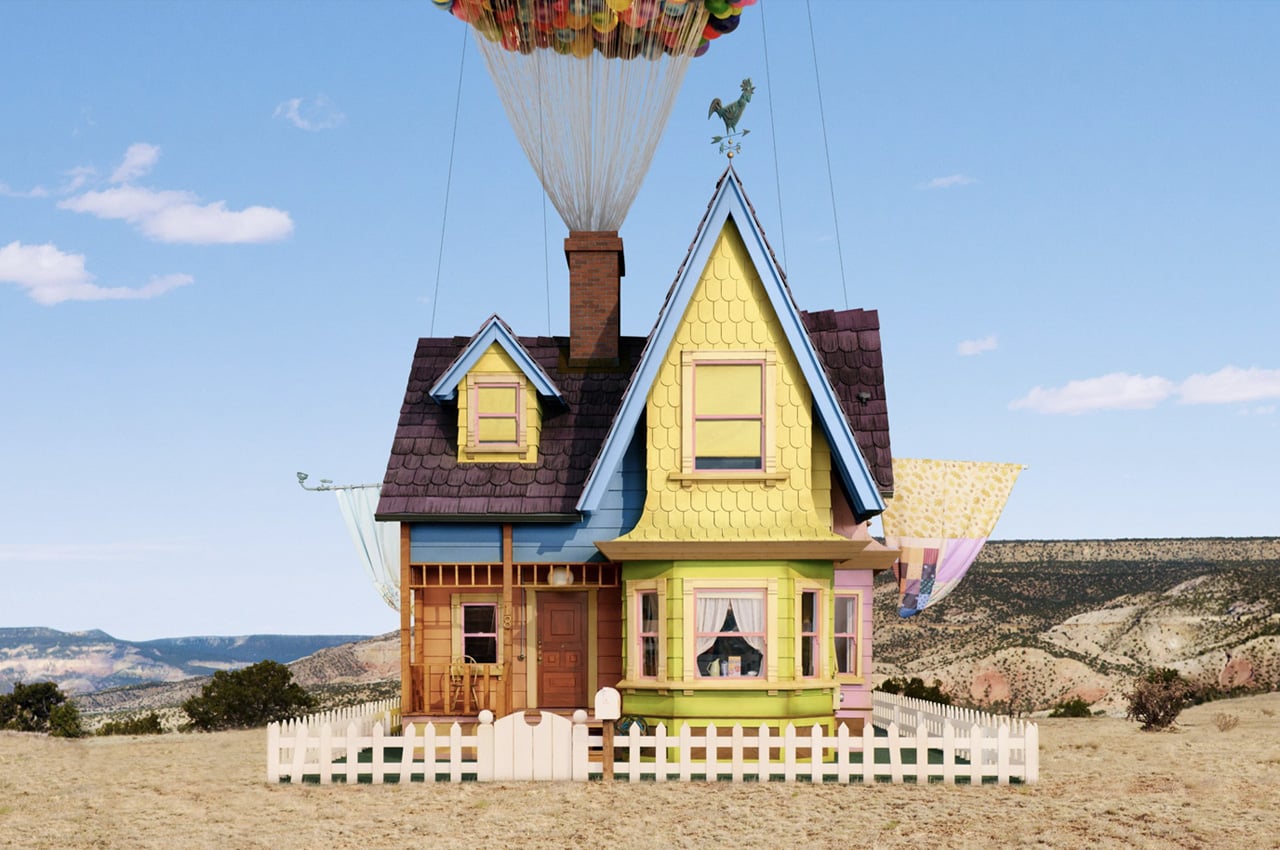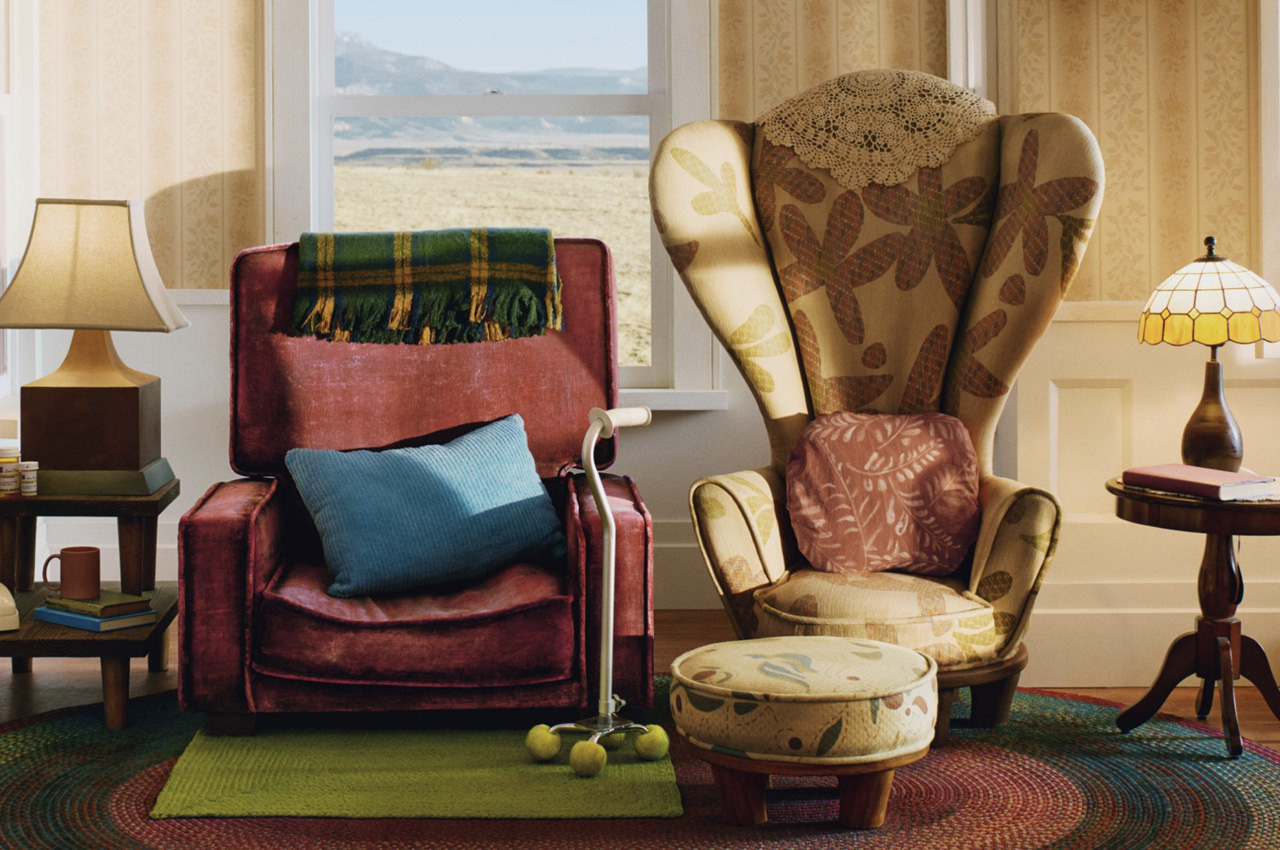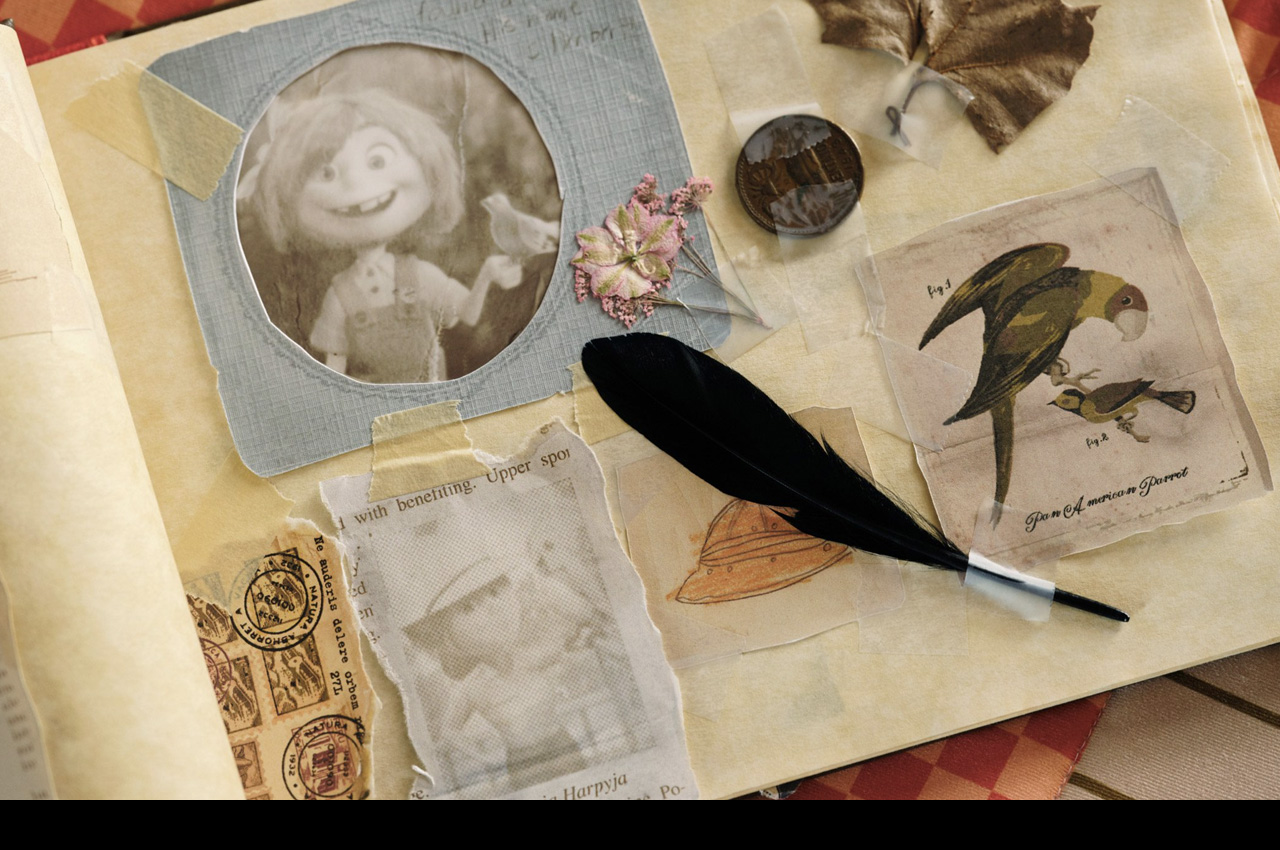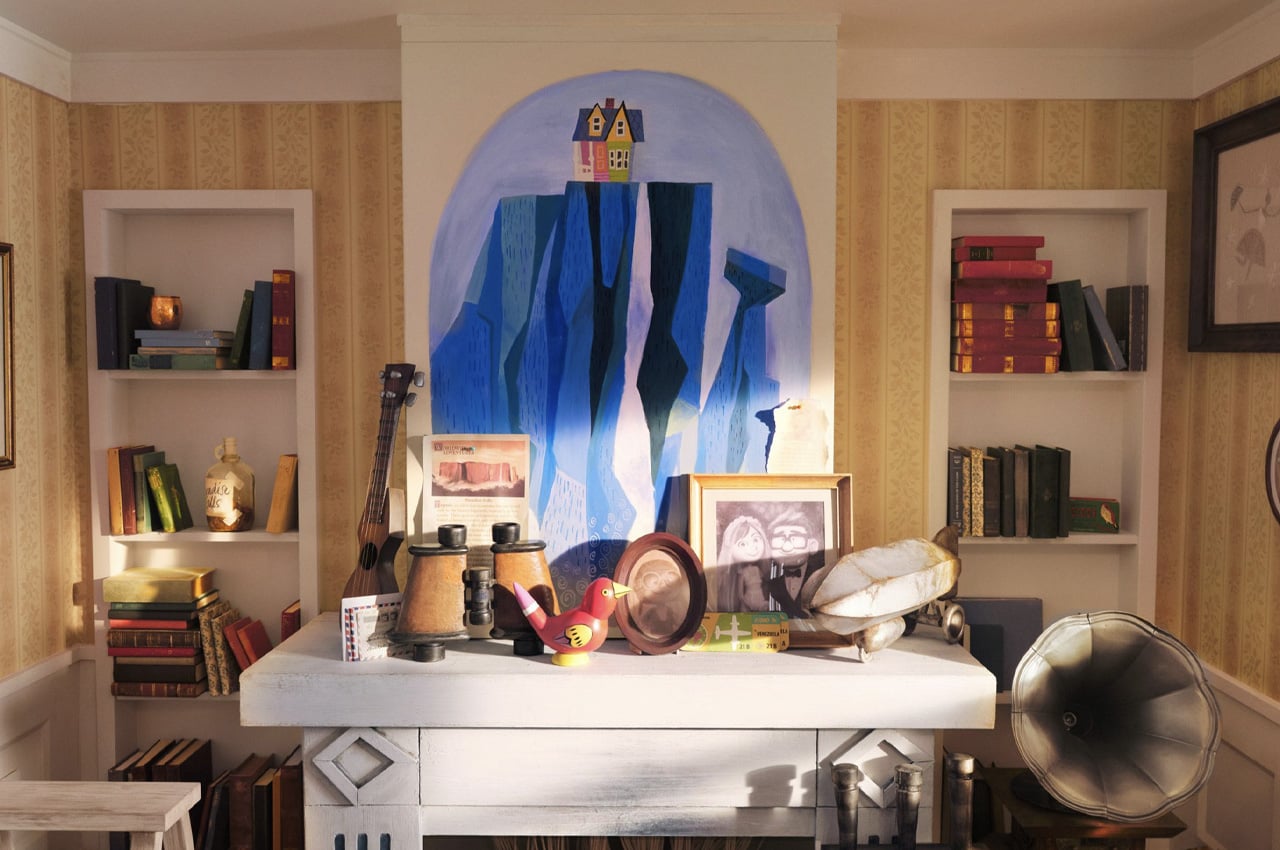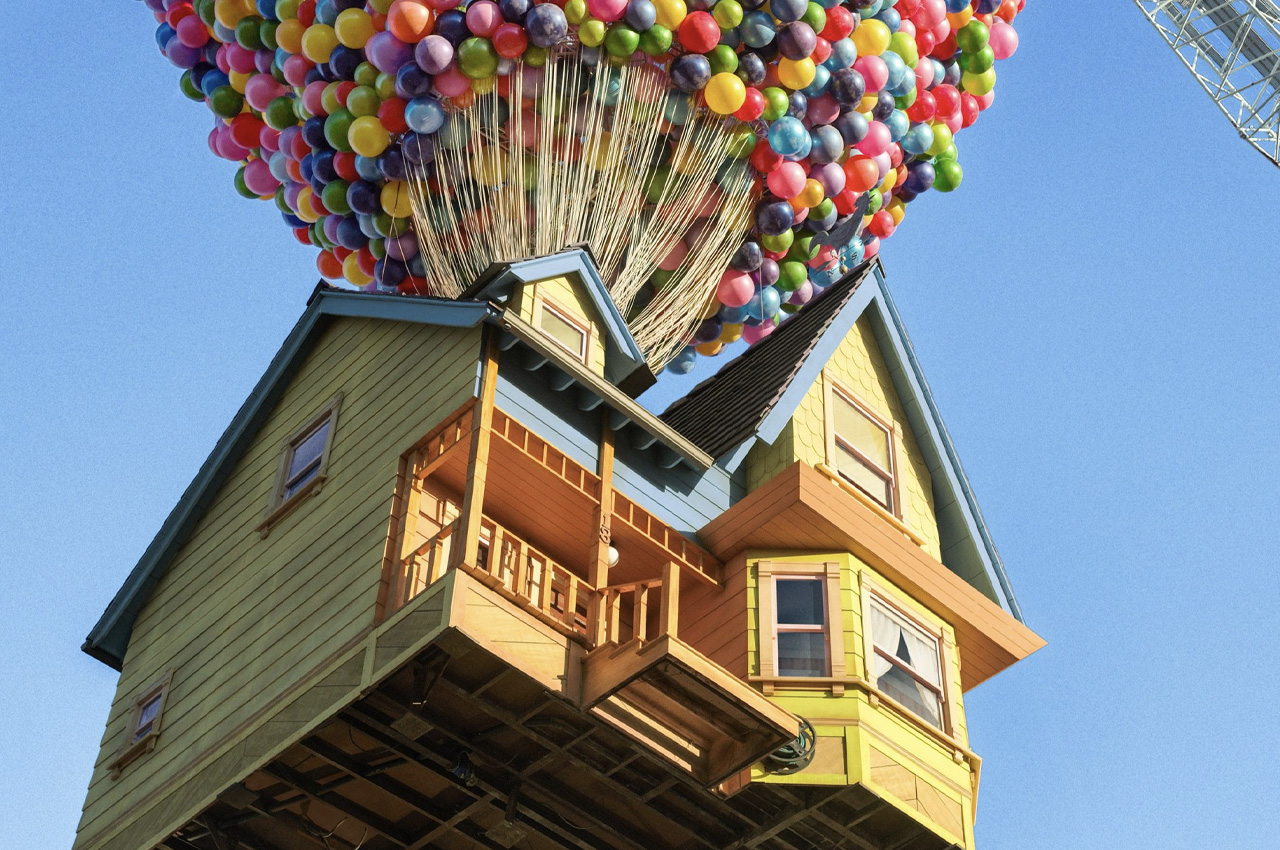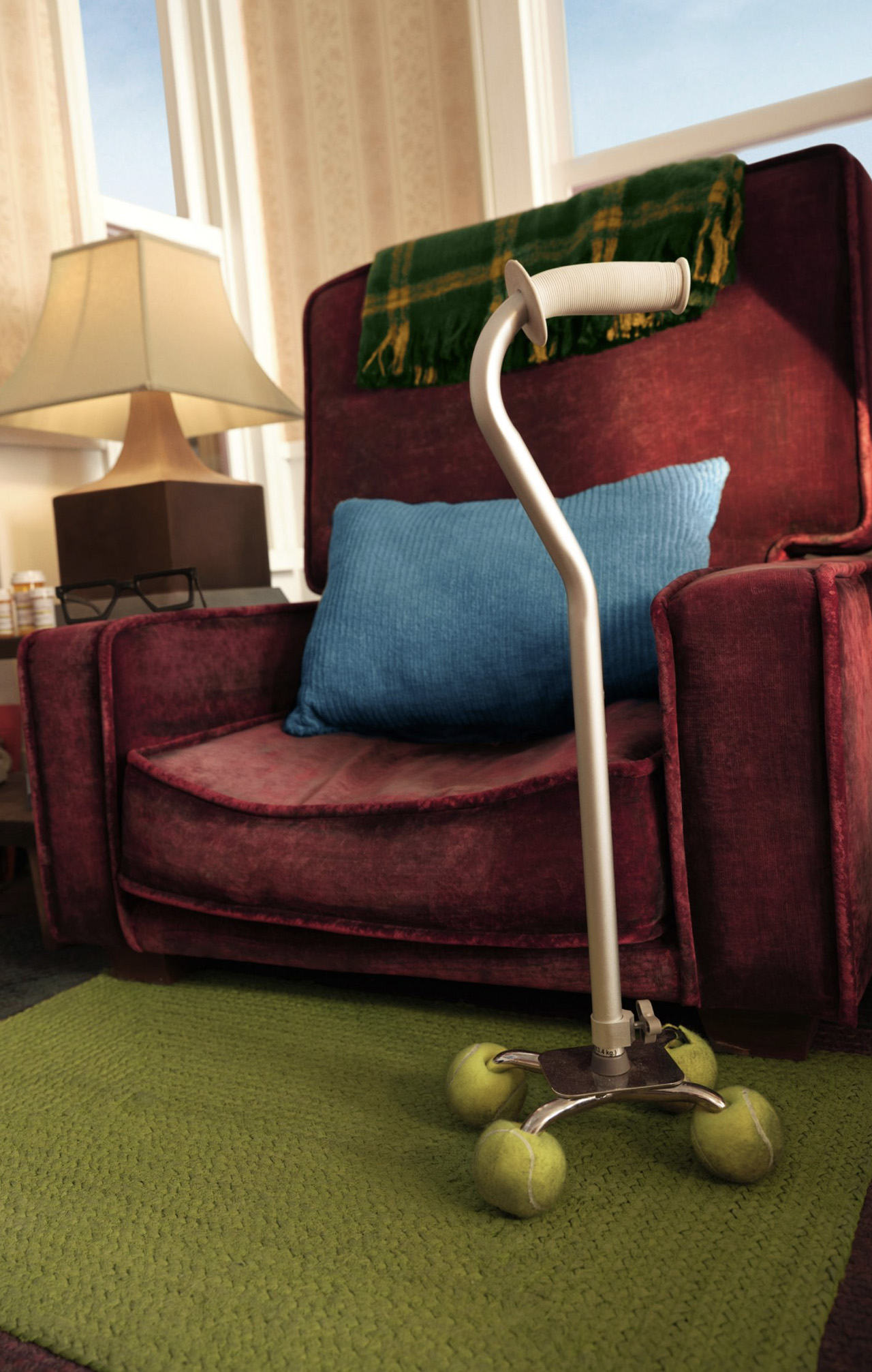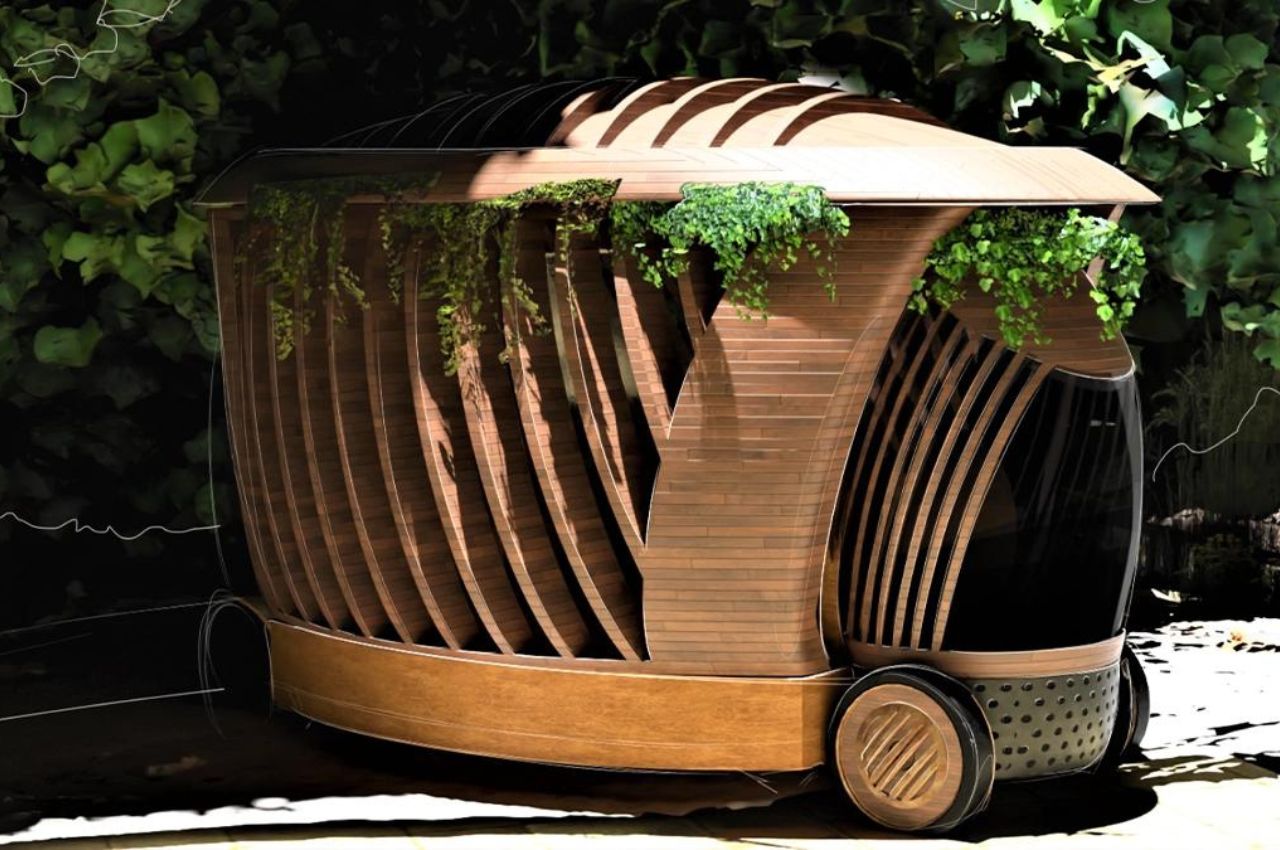
Given how building relationships and meeting partners is all about swiping right or left in today’s day and age, actually making connections the old-school way can be a bit challenging… daunting even. But fear not, because DateNest is here to change the game! Imagine cozying up in a nest-like space, away from the hustle and bustle of noisy bars and awkward coffee dates. Sounds promising, right? Well, that’s exactly what DateNest offers—a fresh take on dating that’s all about comfort, authenticity, and adventure.
Designer: Harshvardhan Jadeja
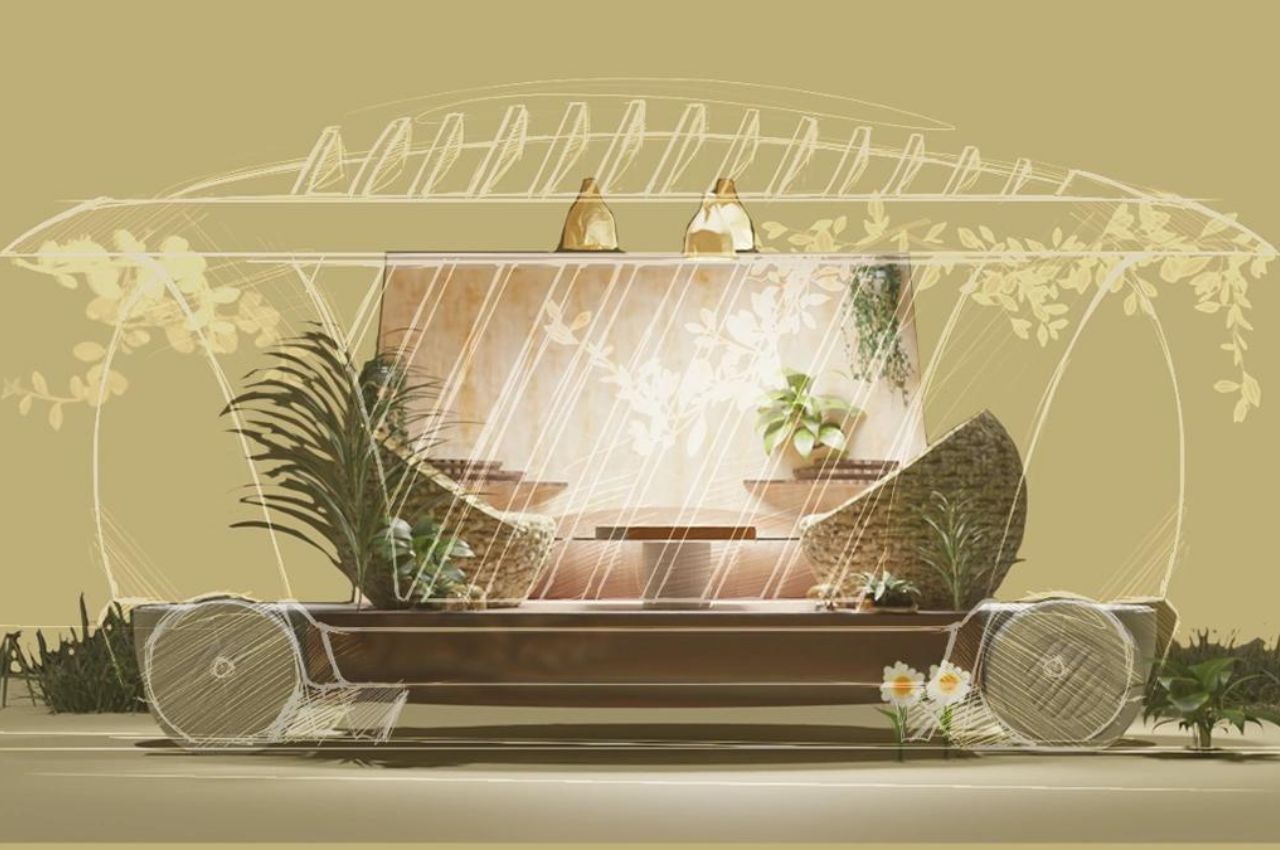
Designed by an Indian transportation designer who believes that transportation is more than just getting from A to B—it’s an opportunity to create unforgettable experiences. With DateNest, he’s combined practical engineering with creative design to give us a dating experience like no other.
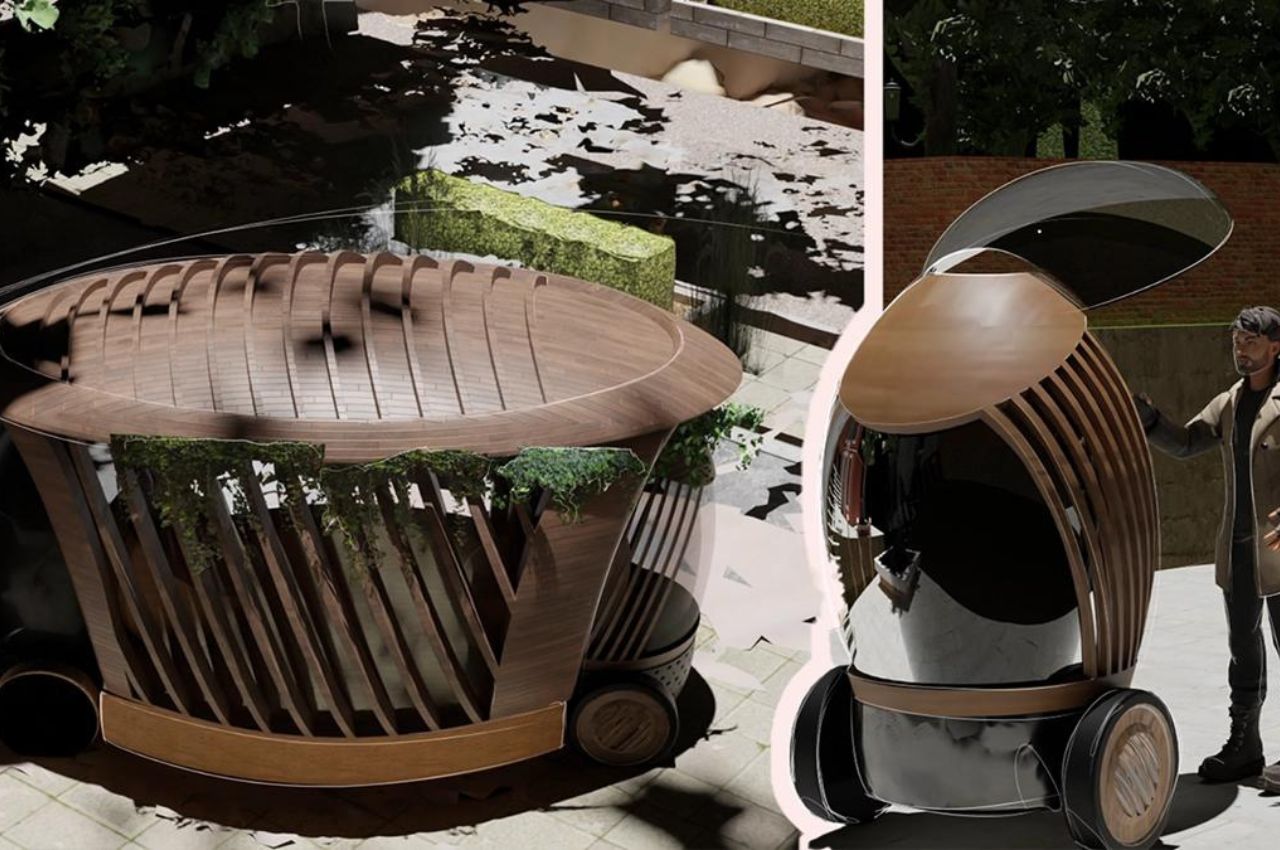
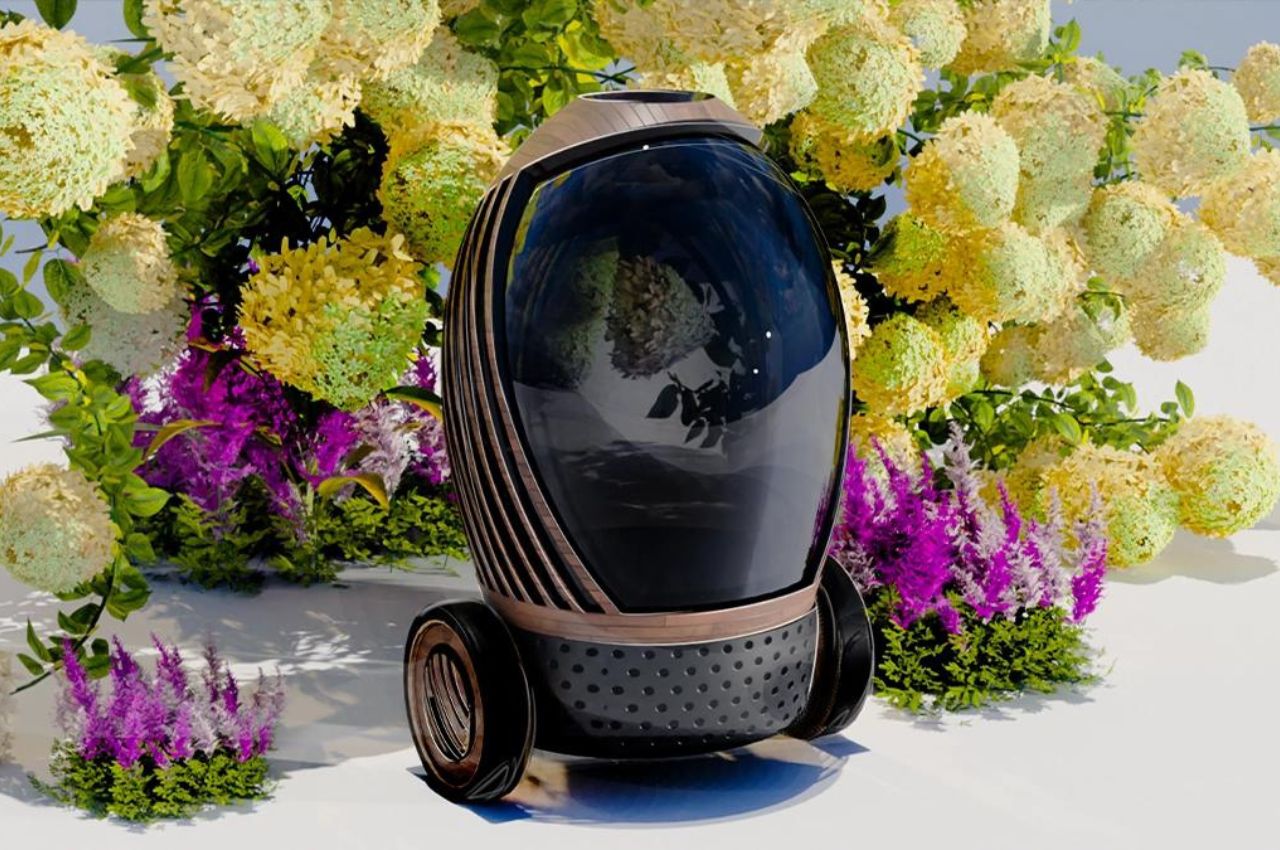
So, what makes DateNest so special? It’s an interesting conceptual collaboration between Airbnb and Bumble, two big names in the world of travel and dating apps. With DateNest, you get to ditch the cliché date spots and explore unique settings instead. You can share a meal in someone’s cozy home, embark on a city adventure, or escape to a charming Airbnb for a romantic getaway. It all depends on what excites you because you get to choose your adventure and the choice can sometimes potentially even be a deal breaker when going on a date.
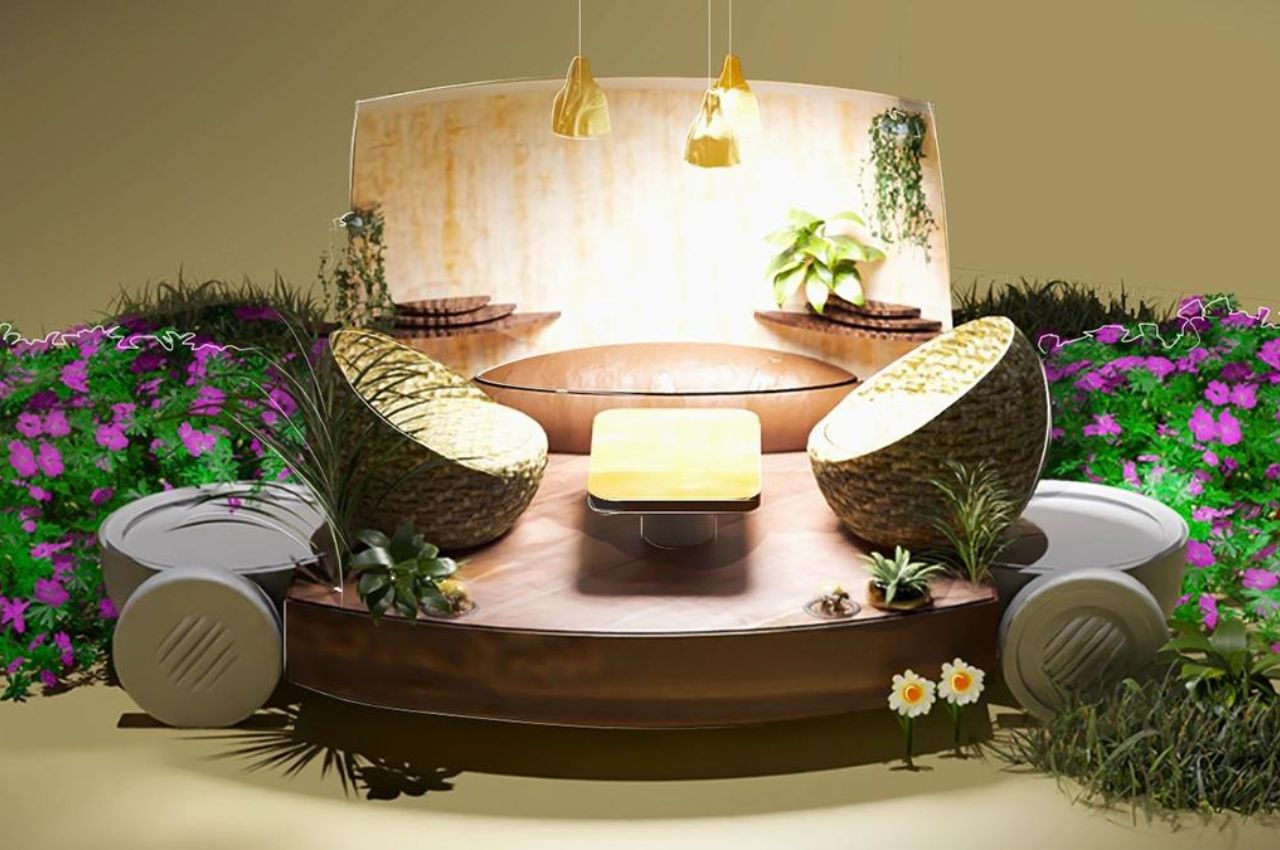
But DateNest isn’t just about the places you go—it’s about the vibe too. Imagine soft lighting, warm colors, and fragrances that make you feel like you’re wrapped in a blanket of coziness. Inspired by nature, the design embraces the concept of “Warmcore,” enveloping participants in a cocoon of comfort and allure DateNest aims to create a romantic atmosphere that’ll make your heart flutter.
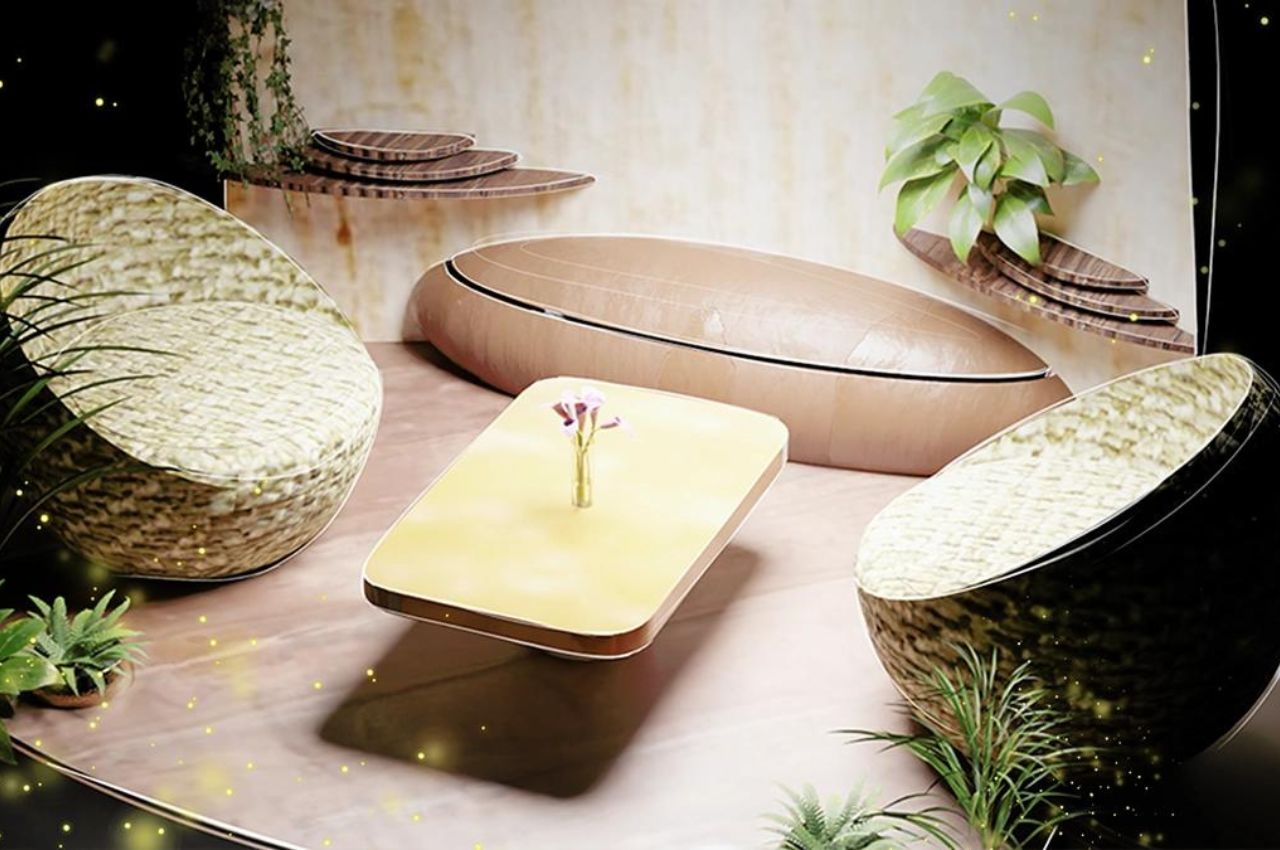
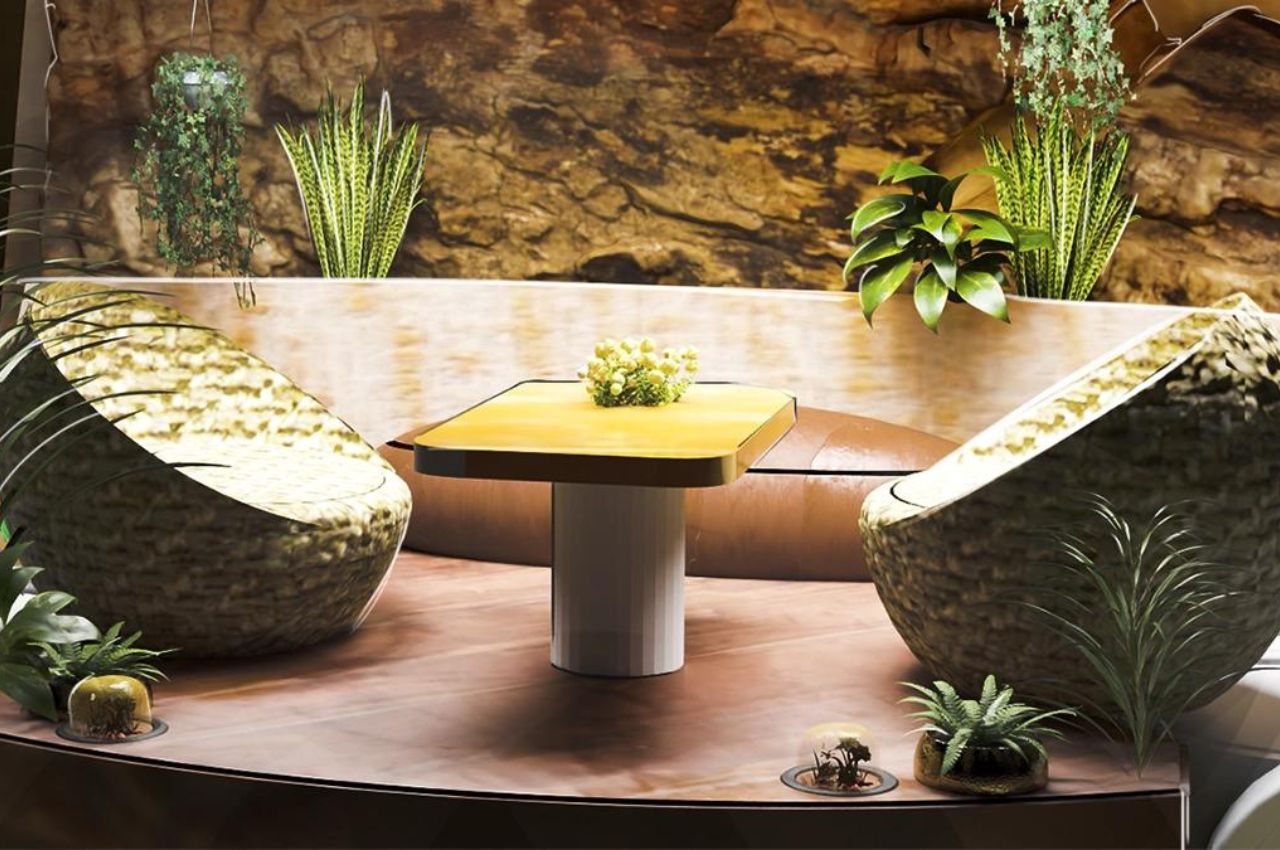
The Mobile Pods and Dating Suites are the stars of the show! These are like your own little love cocoon, designed for intimate conversations and shared moments. The Mobile Pods, which look like fancy dining chairs, get attached to your designated private suite, where you’ll find everything set up for a magical date night. Think soft lights, comfy seats, and a vibe that screams romance. The suite reminds me of Cinderella’s caravan, I mean what could be more mystical for the romance to sparkle, right?

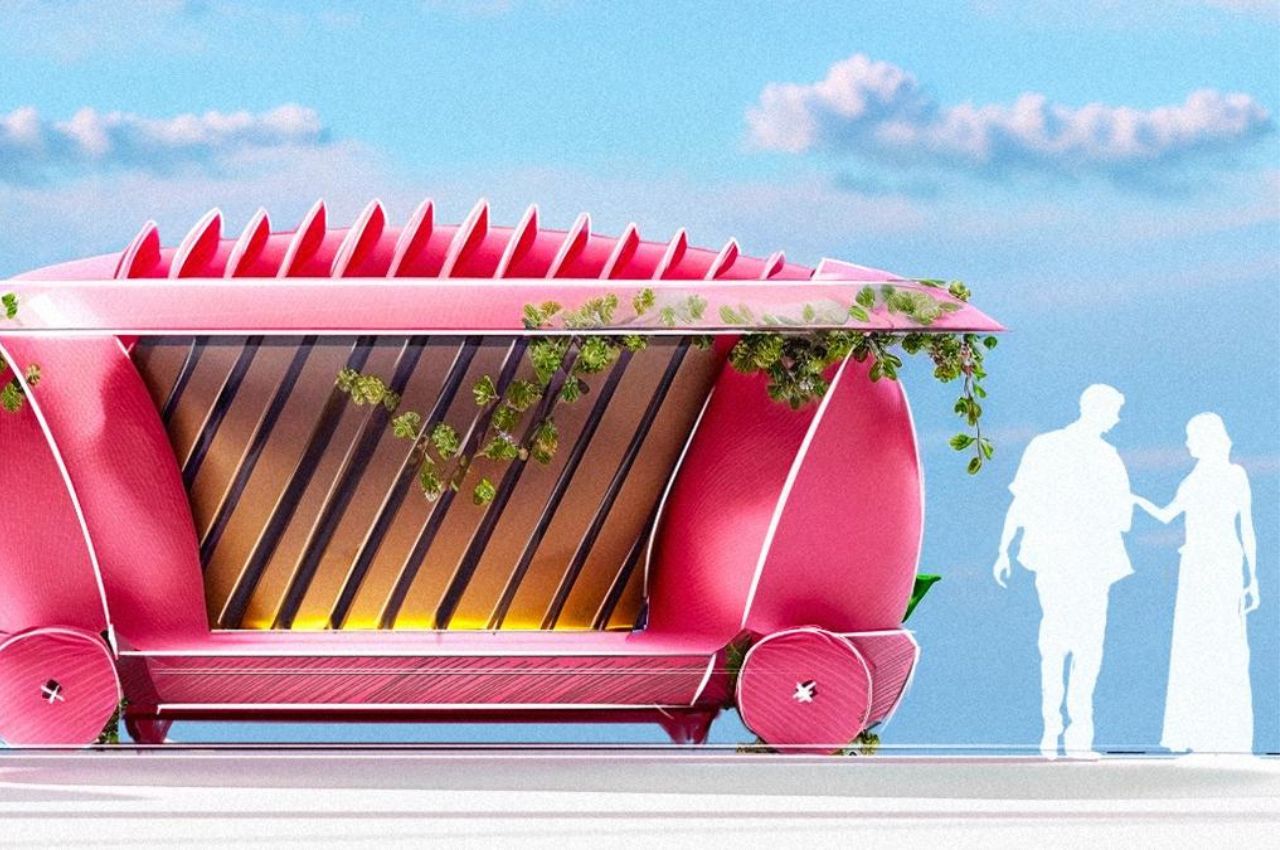
The post How Bumble And Airbnb Together Can Help Build Real Connections And Redefine Offline Dating first appeared on Yanko Design.

